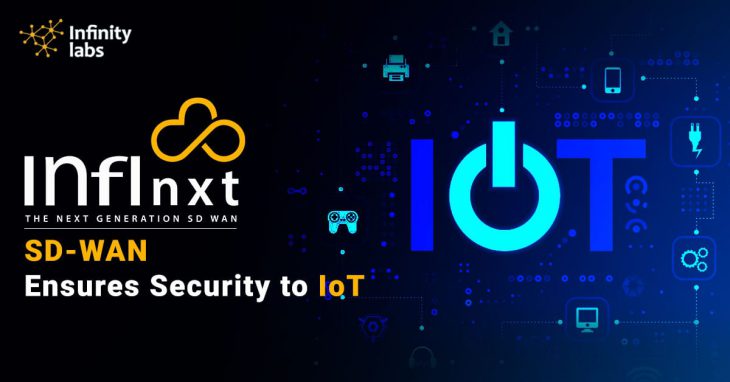
The Internet of Things, IoT, can be defined as a cyber-physical ecosystem of interconnected sensors and actors, which allows intelligent decision-making. The IoT provides that “smart” element to all the practical tools or objects in people’s lives, from cars and wearable devices to smart networks and infrastructure.
However, the threats and risks related to IoT devices, systems, and services are growing, and cases of attacks or vulnerabilities appear more frequently every day.
An Extremely Complex Landscape
The threat site for IoT devices and systems is deceptive and has massive impacts on the security and privacy of citizens. Therefore, it is important to understand exactly the need for protection and implementation. Specifically, the security measures to protect ourselves from cyber threats. This is especially important in the context of IT systems, which are the infrastructure needed for business processes and critical infrastructure.
The IoT permeates many ecosystems, so it is necessary to have an all-inclusive and robust approach to:
- Promote the harmonization of IoT security initiatives and regulations
- Make people or users aware of the importance of cyber security; define secure guidelines for the software and hardware development life cycle.
- Achieve a consensus on interoperability in all ecosystems
- Create security management of the life cycle of the products/services presented.
Attack Surface of IoT Devices
Physical attack vector- There are numerous attacks that only require physical access to the IoT device and its multiple ports or physical interfaces (USB, Ethernet, console, etc.), or even its buttons.
With communications- A multitude of attacks target the communication protocols or technologies of the IoT device with the rest of the ecosystem: other IoT devices, a controller (or hub), mobile apps, remote services, “the cloud”, etc. The purpose of these attacks is the interception and manipulation of all the exchanged data.
With management capabilities- The management mechanisms of the IoT devices themselves (commonly associated with a web interface), local or remote (through specific platforms), allow their configuration and administration. For this reason, attacks on these have a greater impact, since they would allow the unauthorized manipulation of one or all devices of the same type, or linked to the same IoT environment or solution.
Four Strategies SD-WAN Security Ensure For IoT:
1. Have Integrated Solutions: When the company uses standalone security solutions, it ends up having lower and more fragmented visibility, leading to greater complexity due to a large number of connected devices.
Therefore, when using SD-WAN, it is essential to opt for a solution that easily integrates into your existing architecture. In addition to adapting to the security framework, it must offer more robust protection and centralized controls for easy threat identification and management.
2. Use Native Next Generation Firewall Protection: It is important to look for a solution with the internal security of Next-Generation Firewall, or Next-Generation Firewall, in Spanish, which is improved technology with resources that meet the new demands for environmental protection.
That kind of solution makes it possible for the company to natively track workflows, information, and applications, even when the network goes through updates, according to demands.
3. Have Traffic Encryption: Thanks to the high mobility present in the corporate environment today, the number of devices accessing SAAS applications and other Cloud-based options grow every day, resulting in various broadband links connected to the main network.
All those connections increase the vulnerability of the network and demand more reliability and data security. Therefore, it is essential that the company adopt VPN solutions, as an extra layer of flow protection.
4. Monitor Encrypted Traffic- With the increase in SSL traffic, cybercriminals hide within encrypted paths to avoid detection. Therefore, only standard basic security is not sufficient.
It is essential that organizations invest, in addition to scalable VPN connectivity, in monitoring the SSL inspection numbers supplied by specialized companies. They are able to find the right solution to meet the necessary performance and safety requirements.
As you can see, the use of software-defined networks (SD-WAN) can bring great benefits to companies. They are essential to accelerate the pace of corporate Digital Transformation. For this reason, to carry out a successful implementation, it is essential to invest in an alliance with specialized companies that can guarantee the security requirements that the network needs.
Infinity Labs India has recently launched InfiNxt – The Generation Secure SD-WAN with an in-build firewall. It also provides its customers with the best of both Network connectivity and Application security.